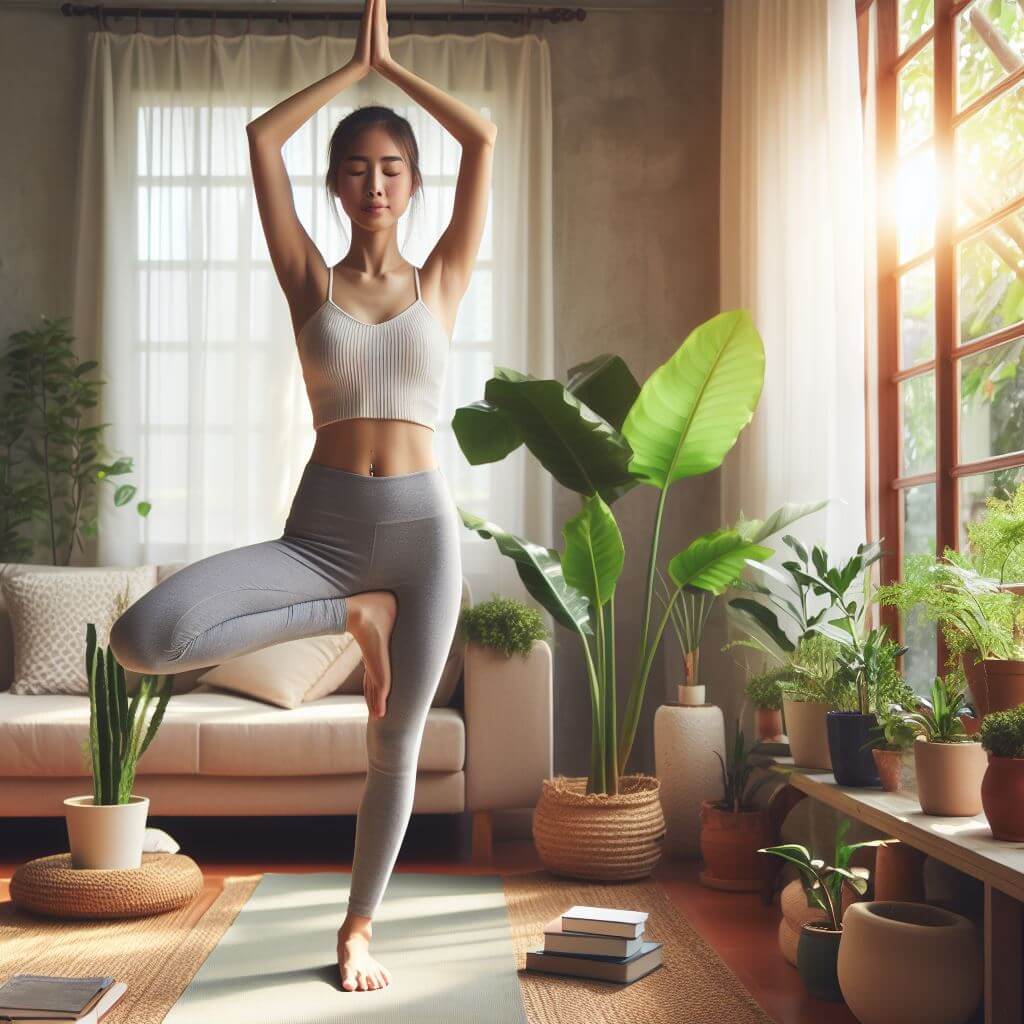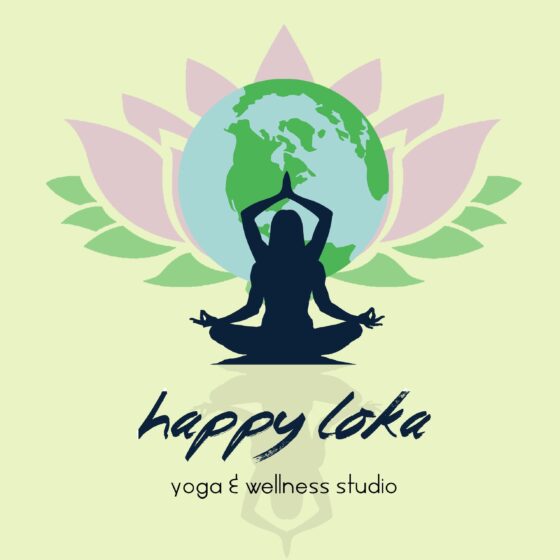Vinyasa yoga is a modern form of yoga that emphasizes movement through a series of poses, thereby encouraging a smooth flow of energy and breath. Unlike styles that hold poses for long periods, vinyasa is dynamic and fluid, often being compared to dance with its smooth transitions.
The heart of Vinyasa yoga lies in its beautiful smooth transitions that mimic the natural flow of life itself. It is this smooth movement, interconnected with the rhythm of the breath, that distinguishes vinyasa from other styles of yoga. The deliberate sequence of poses, where one pose gracefully flows into the next, embodies the essence of Vinyasa, which is to create harmony and balance not only within the body but also in the world around us.
This style of yoga teaches us to align our movements with our breath, which leads to a deeper awareness of the present moment. Each inhale and exhale guides us through the sequences, encouraging a meditative focus that centers the mind and calms the spirit. This synchronizing of breath with movement is not just a physical practice, but also a spiritual practice that promotes an inward journey to self-discovery and peace.
 The adaptability of Vinyasa Yoga is another key aspect that welcomes practitioners of all levels to participate in this fluid dance of movement. Its dynamic nature means no two classes are the same, offering a variety of poses and sequences that can be modified to suit individual needs and preferences. This provides a fresh, exciting practice that can be continually adapted as one grows and develops in their yoga journey.
The adaptability of Vinyasa Yoga is another key aspect that welcomes practitioners of all levels to participate in this fluid dance of movement. Its dynamic nature means no two classes are the same, offering a variety of poses and sequences that can be modified to suit individual needs and preferences. This provides a fresh, exciting practice that can be continually adapted as one grows and develops in their yoga journey.
To physical benefits such as increased strength and flexibility, Vinyasa yoga offers a platform for mental and emotional growth. The practice encourages mindfulness and presence, asking practitioners to let go of past and future distractions and immerse themselves in the flow of the present moment. This creates a sense of inner peace and clarity as the mind clears of clutter and the body moves in harmony with the breath.
Benefits Other Than Physical
Vinyasa yoga offers a transformative experience that goes far beyond physical enhancements, touching every aspect of human well-being. This holistic approach fosters a deep connection between mind, body, and spirit, leading to benefits that linger long after you’ve stepped off the mat.
The mental health benefits of vinyasa yoga are particularly prominent. In a world where stress and anxiety are commonplace, this practice serves as a refuge, a place to release tension and find peace. The rhythmic flow of movement guided by deep conscious breathing helps quiet the chatter of the mind and brings a sense of peace and clarity to the mind. This meditative aspect of Vinyasa promotes mindfulness—the art of being fully present in the moment. By focusing on the “here and now,” practitioners often find that they are better able to cope with stress, reduce anxiety, and develop a more positive outlook on life.
Emotionally, Vinyasa Yoga supports the journey within, offering space for self-reflection and emotional release. The practice encourages exploration of the deeper layers of the self, helping to unearth and process feelings that may be buried under the hustle and bustle of everyday life. This emotional clearing can lead to significant breakthroughs, promoting a sense of inner peace, self-acceptance, and joy. Additionally, the communal aspect of a Vinyasa class, where people come together to move and breathe in sync, can provide a sense of belonging and support, further enhancing emotional well-being.
Breathwork, an integral part of vinyasa yoga—pranayama—also has significant health benefits. By teaching controlled breathing techniques, Vinyasa yoga increases lung volume and breathing efficiency. This not only improves physical endurance and performance but also supports the body’s natural recovery processes. Improved oxygenation rejuvenates body cells and helps detoxify organs, boosting immune function and overall vitality.
The consistent practice of consciously going through the poses forms a stable nervous system. Focusing on breathing and movement trains the body to remain calm and balanced in the face of stress, thereby reducing the health effects of stress. This biological benefit is crucial in today’s fast-paced world, where chronic stress can contribute to numerous health problems.
Creating a Personal Practice
To begin developing a personal vinyasa practice, it is important to start with a clear intention. Why are you stepping on the mat? What are you seeking to achieve or grow in your life through your practice? Answers can range from a search for physical strength and flexibility to a search for mental clarity, emotional balance, or a deepened sense of spirituality. These intentions are a guide, shaping the path of your practice and keeping you aligned with your deeper goals.
Mindfulness is another cornerstone of developing a personal vinyasa practice. This includes adjusting to your body’s needs and limitations on any given day, recognizing that these may change. Some days you may feel strong and energetic, able to dive into more challenging scenes and poses. On other days, your body may be asking for gentleness, forcing you to focus more on slow movements and breathing. Listening to your body and respecting it in this way is fundamental in ensuring that your practice supports rather than stresses, and heals rather than hurts.
Research and patience play a crucial role in this journey. Vinyasa yoga offers a wide array of poses and sequences, each with its unique benefits and challenges. By taking the time to research these options, you can discover what works best for you. This study should be approached with patience and an open heart, understanding that progress in yoga is not linear and that each practice has value, whether it seems successful or not. Celebrating small victories, such as noticing improved breath control or deeper relaxation, promotes a positive and rewarding practice.
Gradually, as you explore and adapt your practice, you will find your rhythm and flow—a sequence or style that feels unique to you. This does not mean that your practice becomes static; as you grow and develop, so will your practice. It is a dynamic process that reflects where you are on your life’s journey at any given moment.
